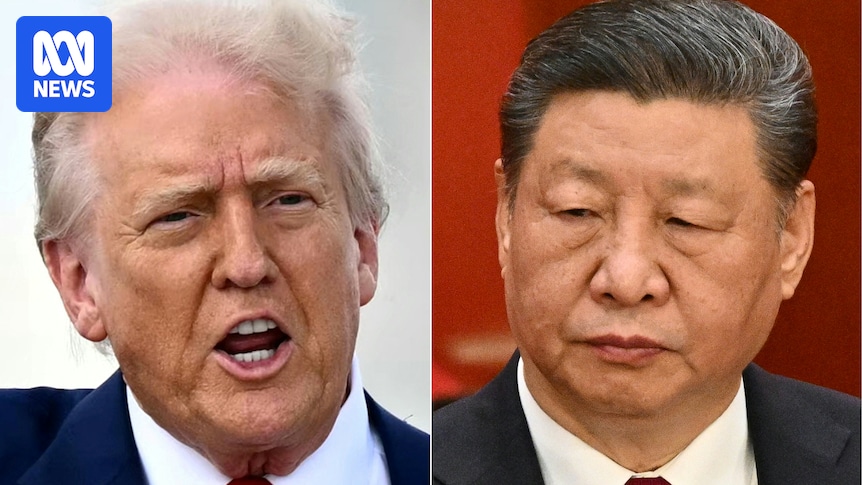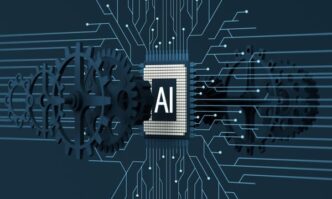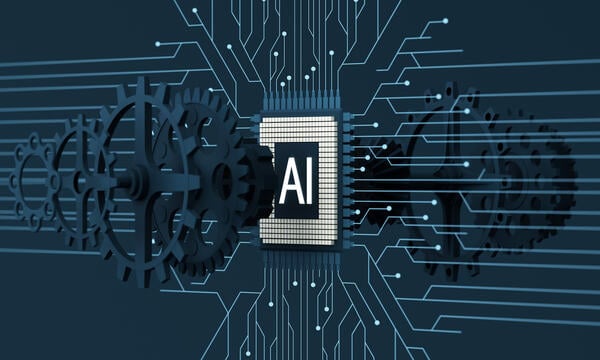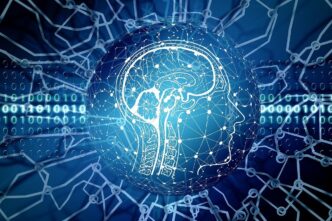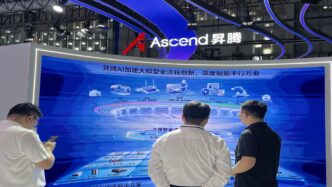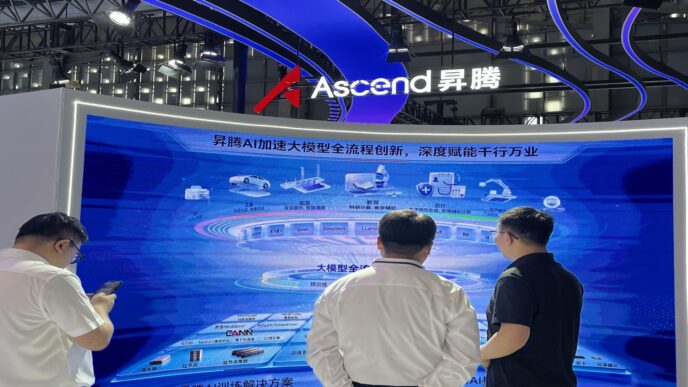China’s Unitree Robotics just launched a $5,900 humanoid robot with AI capabilities including voice and image recognition. This marks the start of a flood of affordable AI machines aimed at homes and workplaces. It can’t do dishes yet, but it won’t be long.
The AI race is now a geopolitical showdown between the US and China, shifting from pure profit to national security and defense. AGI—artificial general intelligence, where machines surpass humans—is expected to arrive sooner and trigger massive global change, comparable to nuclear tech in the 20th century.
US President Donald Trump launched “AI Action Day,” framing it as a race for global dominance, emphasizing military and economic control.
“The United States is in a race to achieve global dominance in artificial intelligence (AI).”
“Whoever has the largest AI ecosystem will set global AI standards and reap broad economic and military benefits.”
Trump’s plan focuses first on cutting AI regulations and removing “woke Marxist lunacy” from model guidelines, targeting misinformation rules and climate change mentions.
Meanwhile, China’s government set its AI masterplan in 2017. By 2030, China aims to lead the world in AI innovation.
Back then, Nvidia and Baidu teamed up—Nvidia’s chips powering Chinese AI projects. Nvidia’s value has skyrocketed from $100 billion to $4.2 trillion since.
Chinese AI startups have impressed recently. DeepSeek launched R1, an open-source AI rival to American models, cheap and effective. Moonshot AI followed with Kimi K2, capable of complex autonomous tasks, edging closer to AGI.
Estimates say US tech giants have poured $800 billion to $1 trillion into AI development. China spent about $150 billion—leveraging US open-source tech instead of espionage.
The burning question: when will AGI arrive? ChatGPT guesses between 2030 and 2040, possibly as early as 2027 or as late as 2050.
AGI promises radical benefits and risks. Expect job disruption, autonomous weapons, advanced cyberattacks, and possibly existential threats.
But it could also bring personalized healthcare, faster science, and more leisure.
Australia’s Productivity Commission hints at promoting safe AI adoption but skirts AGI specifics ahead of an upcoming tax and industrial relations roundtable.
This AI race just got more intense—and the stakes couldn’t be higher.
Nvidia is the world’s first $4 trillion company. (Reuters: Robert Galbraith)

